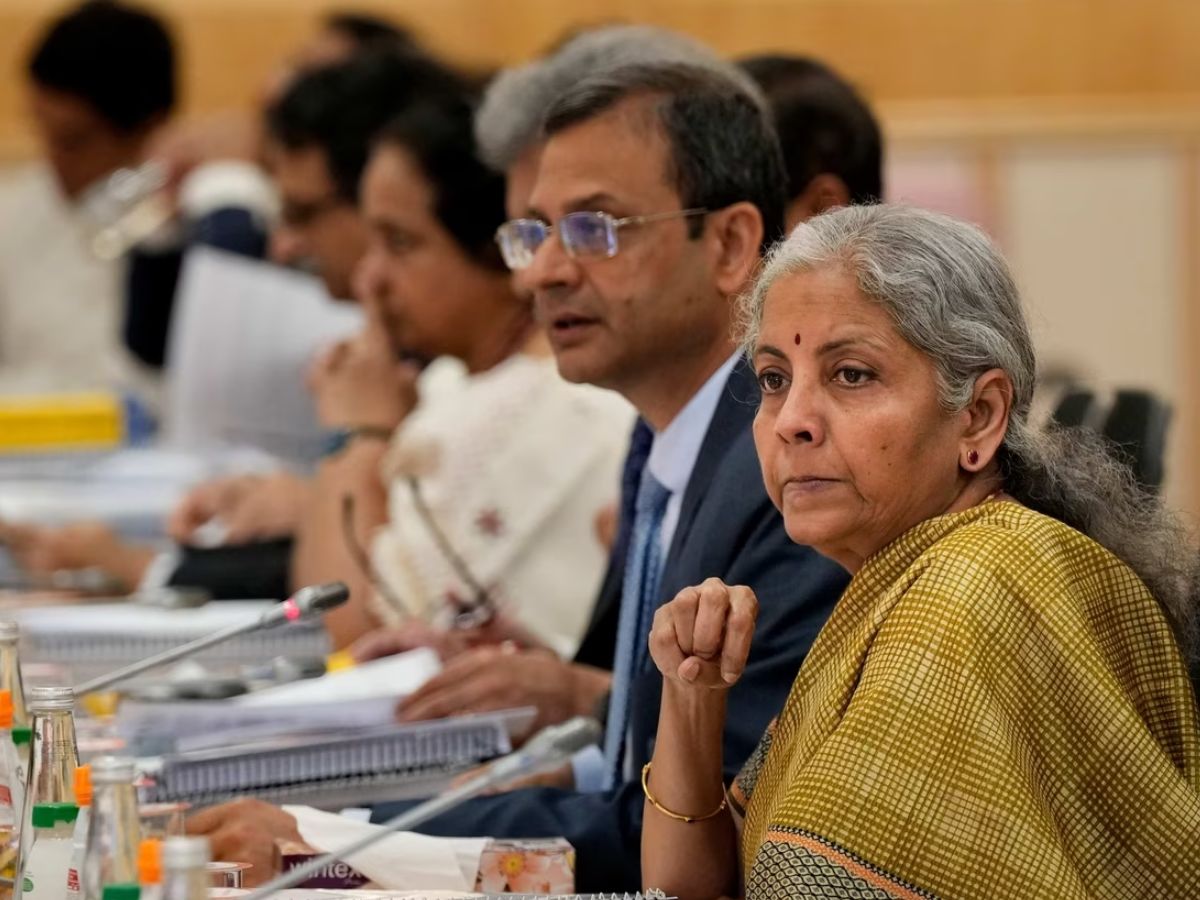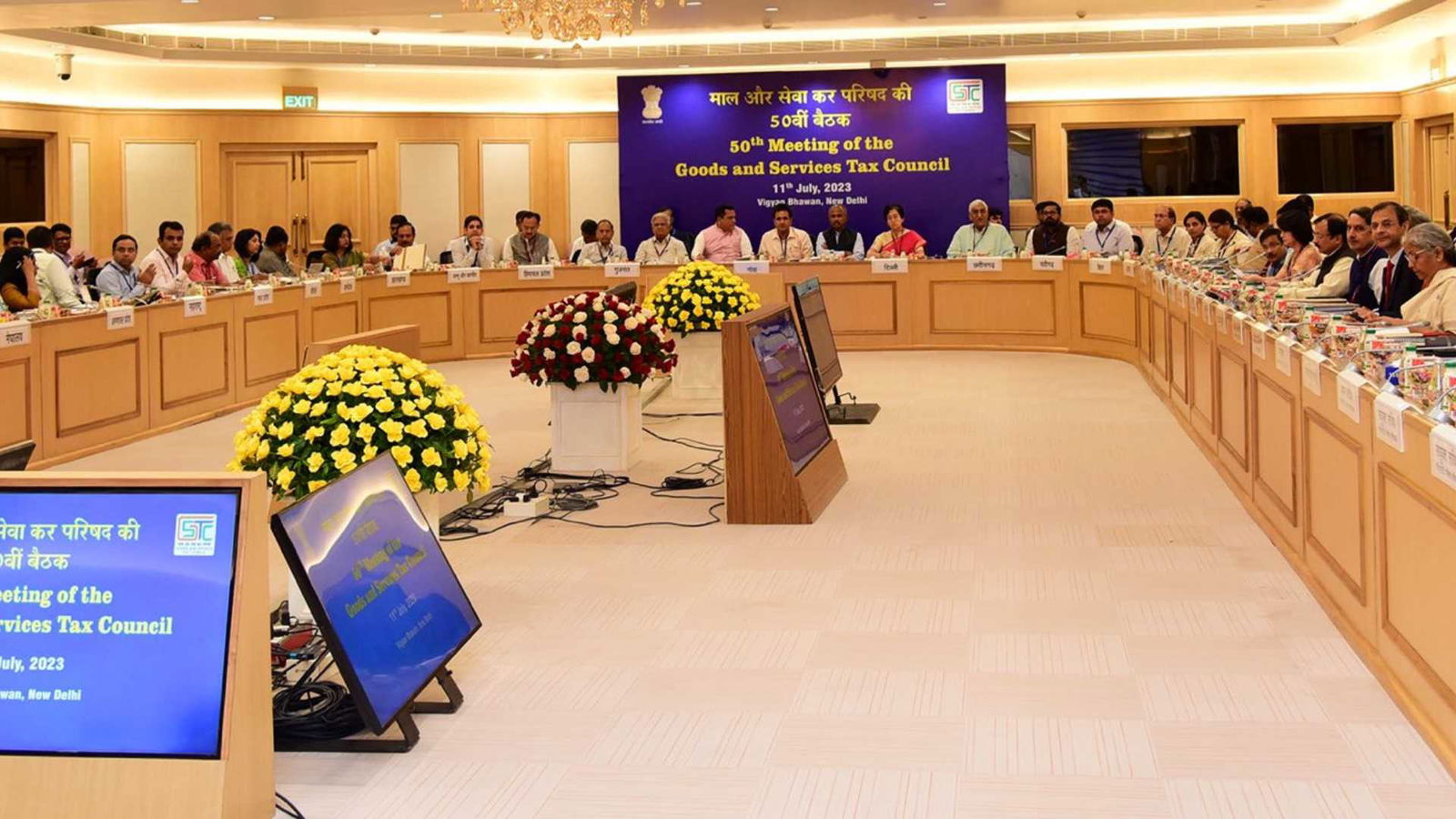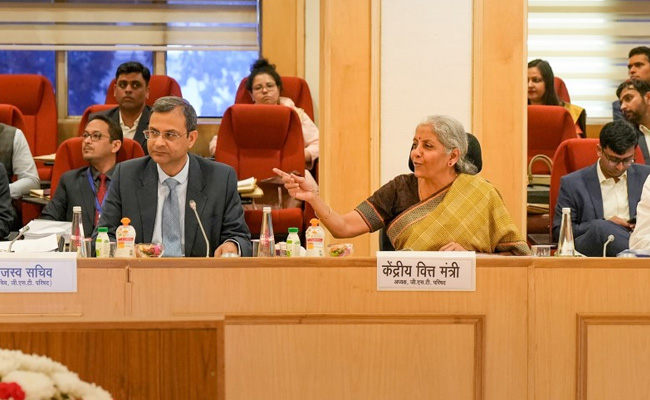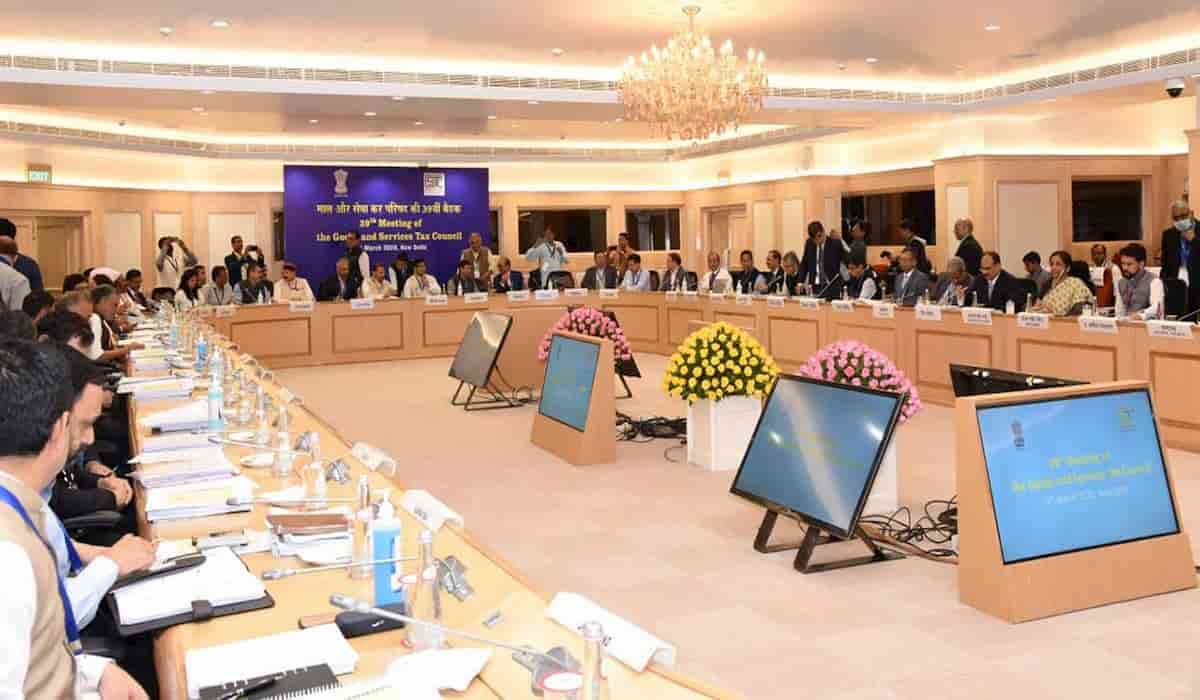GST Council’s October 7 Meet: Prioritizing Millets and Metals

GST Council’s October 7 Meet: Prioritizing Millets and Metals
The Goods and Services Tax (GST) Council, the apex decision-making body for all GST related matters, convened on October 7 to discuss a slew of topics, with millets and metals being key items on the agenda.
Since the implementation of the GST in 2017, there have been regular updates and revisions based on economic conditions, industry demands, and policy shifts.
The focus on millets and metals in this meet underscores the government’s drive towards promoting sustainable agriculture and its efforts to balance economic challenges faced by the metal industry amidst global shifts.
)
On October 7, the Goods and Services Tax (GST) Council will convene. During this time, they may examine open concerns including lowering the tax rate on millet-based goods and adding metal scrap to the reverse charge system.
Additionally, it may add a clause that would enable the creation of GSTATs and resolve any questions about how to value online gaming.
The third GST meeting in around three months is being planned primarily to adhere to the custom of holding council meetings once every three months. The October gathering occurs before elections in several states in November or December.To encourage the use of millet, the council may decide to reduce the GST rate for millet-based mixtures from 12% or 18% to 5% or zero.
It was considered in February to lower the GST rate for millet-based health mix goods that include at least 70% millet. The issue was thoroughly reviewed in the February officers’ meeting, and the council then forwarded it to the fitment committee for more investigation.

Reverse charge refers to situations when the beneficiary of the products or services, as opposed to the supplier, is responsible for paying tax. A switch to the reverse charge system for scrap metal would stop tax fraud and assist the steel sector, which has been harmed by the unethical behaviour of scrap providers, in recovering through input tax credits.
The council will probably also dispel any confusion or difficulties regarding the value of online gaming.
The council agreed to tax online gambling at the highest rate of 28% during its 50th meeting in July, a decision that shook the sector. Following input from the sector, the council resolved to exclude redeployment of earnings from online gaming or bets made with wins from prior bets at its 51st meeting in August. This decision represents a substantial relaxation for the rapidly expanding gaming sector.

With rising global concerns about climate change and the need for sustainable agricultural practices, millets have emerged as a climate-resilient crop option. Their ability to grow in low-water and poor soil conditions makes them ideal for India’s diverse agrarian landscape.
There were proposals to revise the GST rates on millets to promote their consumption. Any reduction in tax could make millets more affordable, pushing for their incorporation in more Indian diets.
Beyond environmental benefits, millets are also nutritionally rich. Their promotion could help in addressing malnutrition issues prevalent in many parts of the country.
The metal industry is pivotal to numerous sectors like construction, automobile, and infrastructure. Given its significance, any decision on metals by the GST Council directly impacts a large segment of the economy.
)
The GST rates on metals, including primary metals and their alloys, were under review. The industry has been lobbying for rate cuts to reduce input costs and promote domestic manufacturing.
With global metal prices fluctuating, there was also a discussion on potential adjustments to import and export duties. This is especially pertinent in light of India’s trade dynamics and its aim to achieve a positive balance of trade.
While millets and metals were the primary focus, the council also touched upon other pertinent topics that needed immediate attention.

The outcomes of the GST Council meeting are always eagerly awaited, as they give direction to industry trends and consumer behavior. The October 7 meeting, with its focus on millets and metals, not only reflects the current economic and environmental needs of the nation but also hints at the future trajectory of policy-making.




